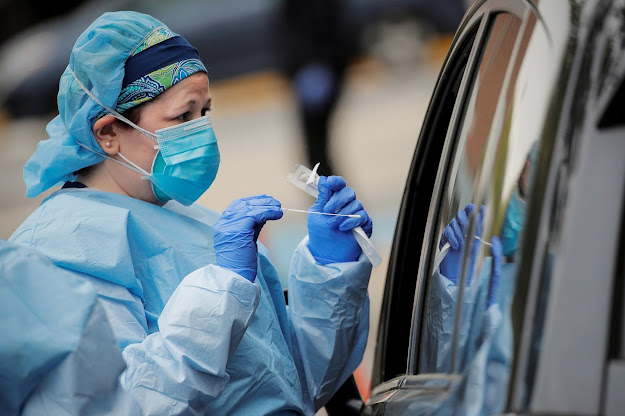Rapid COVID-19 Kit: Immunodiagnostic procedure for the detection of Coronavirus at home in 15 minutes.
Coronavirus is spreading continually across the world. Research-based companies are using different screening methods to screen suspected COVID-19 individuals. RT PCR technique is being used, which gives the results in3 -4 hours. Because of an unprecedented increase in the number of cases, the technique is not helping the cause. Most countries are relying on rapid testing technologies for COVID-19, which can provide results in just 15 minutes. And it is easy to use, portability is some of the features associated with rapid testing technologies. Rapid kits can also be deployed in hotspot areas of the country to screen asymptomatic as well as symptomatic patients to control the spread of this respiratory virus.
Rapid tests are also known as prick-based tests. These tests need not be conducted in laboratories. The presence of the antibodies pertaining to the Coronavirus can be easily detected with the help of Rapid COVID-19 Tests OC. Most of these kits are based on the IgG and IgM antibodies. The presence of these specific antibodies can help to detect whether Coronavirus infected the patient earlier or recently, the individual came in contact with COVID-19 infected individual.
Rapid COVID-19 kits are easy to use. The kits can be easily used at home by using a simple pricking needle, which is usually provided with the kit. Blood from the fingertip can be easily drawn with the help of this needle. The blood withdrawn can be put into the test cassette having the markings for the antibodies for IgG and IgM. Samples testing positive for IgG antibodies and IgM antibodies will show easily demarcated colors, which can be used to differentiate between positive and negative results. Serving as an internal control, one color line will always appear, which will indicate that the proper amount of specimen and sample has been added to the test cassette.
The results can be interpreted as follows:
IgM positive: An indication of primary COVID-19 infection.
IgG and IgM positive: An indication of secondary COVID-19 infection.
IgG positive: Indication of any past COVID-19 infection.
Negative: No infection of Coronavirus.
Invalid: Failure to detect the sample.
Rapid testing kits for home are available on the websites of top diagnostic companies. Most of the COVID-19 rapid test kits are accredited by the Indian Council of Medical Research (ICMR). These kits also can speed up the process of screening symptomatic as well as asymptomatic patients. So the most pronounced advantage of Rapid COVID-19 kits is that they can be deployed directly at the point of the care in hospitals and anywhere in the country where emergency conditions have advanced.
Rapid COVID-19 Test OC can also detect the presence of antibodies that released to the pathogenic virus. These kits can detect the presence of SARS-COV-2 qualitatively. Early detection of the Coronavirus can help the government authorities and health agencies to halt the spread of Coronavirus within communities.
Follow Orange County Covid Testing Clinic for more updates on Rapid COVID-19 kits and updates related to Coronavirus.
Stay Safe; Stay at home.













